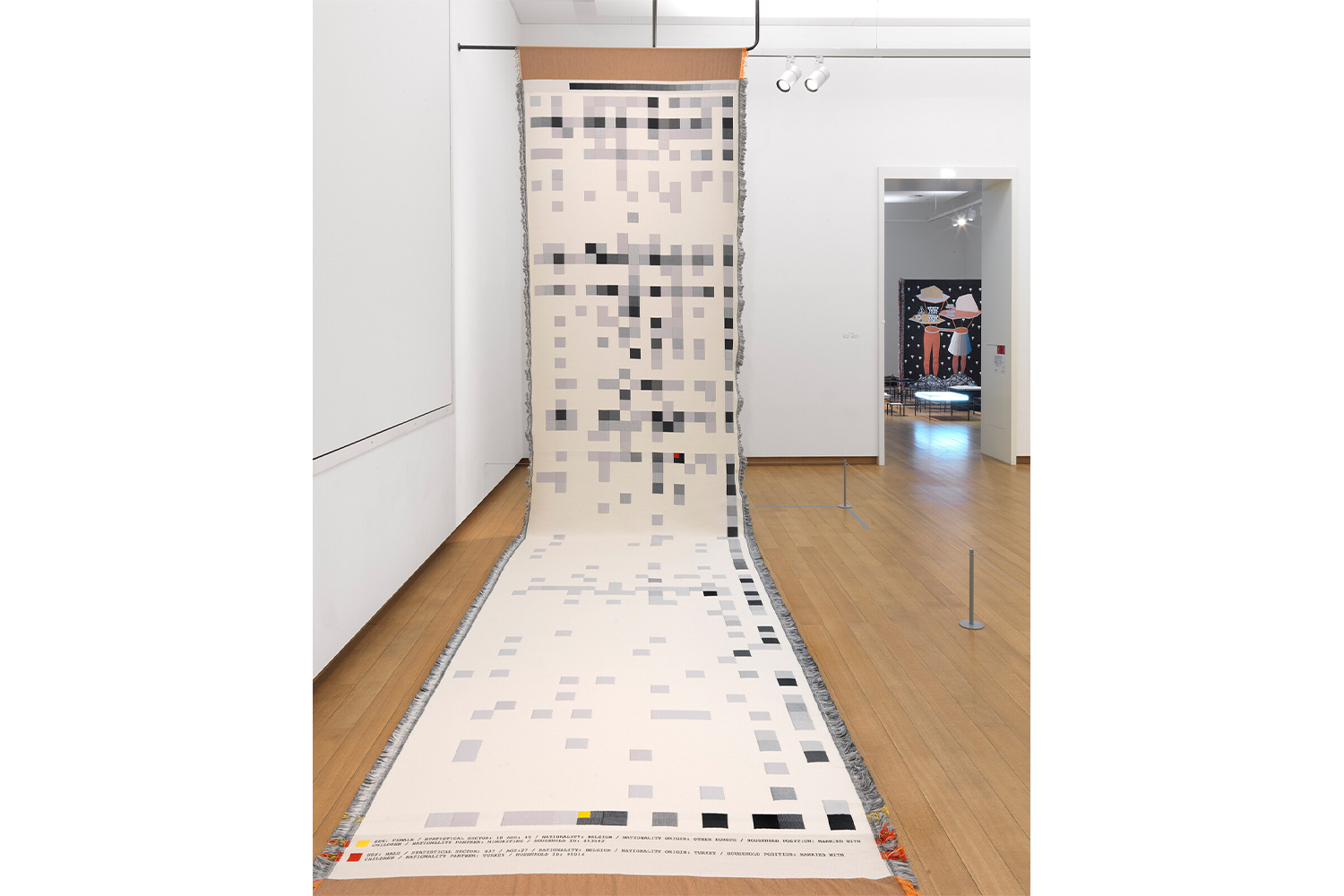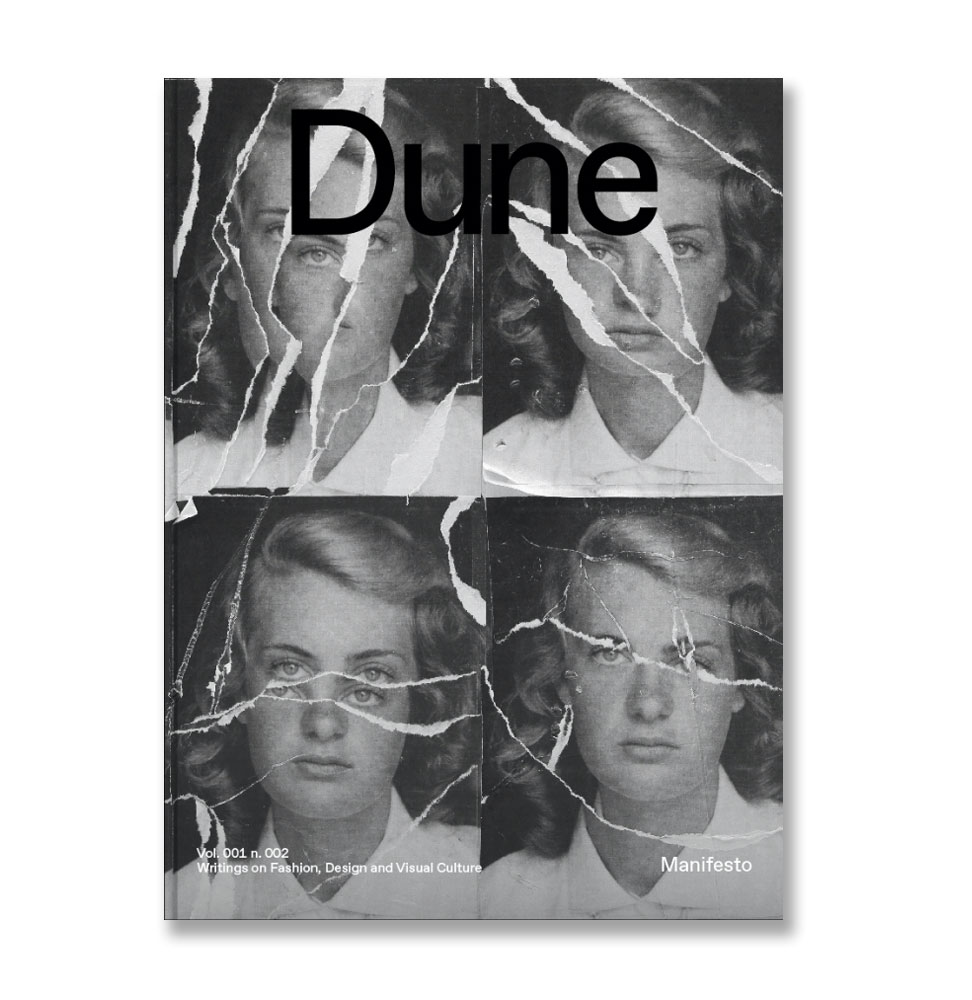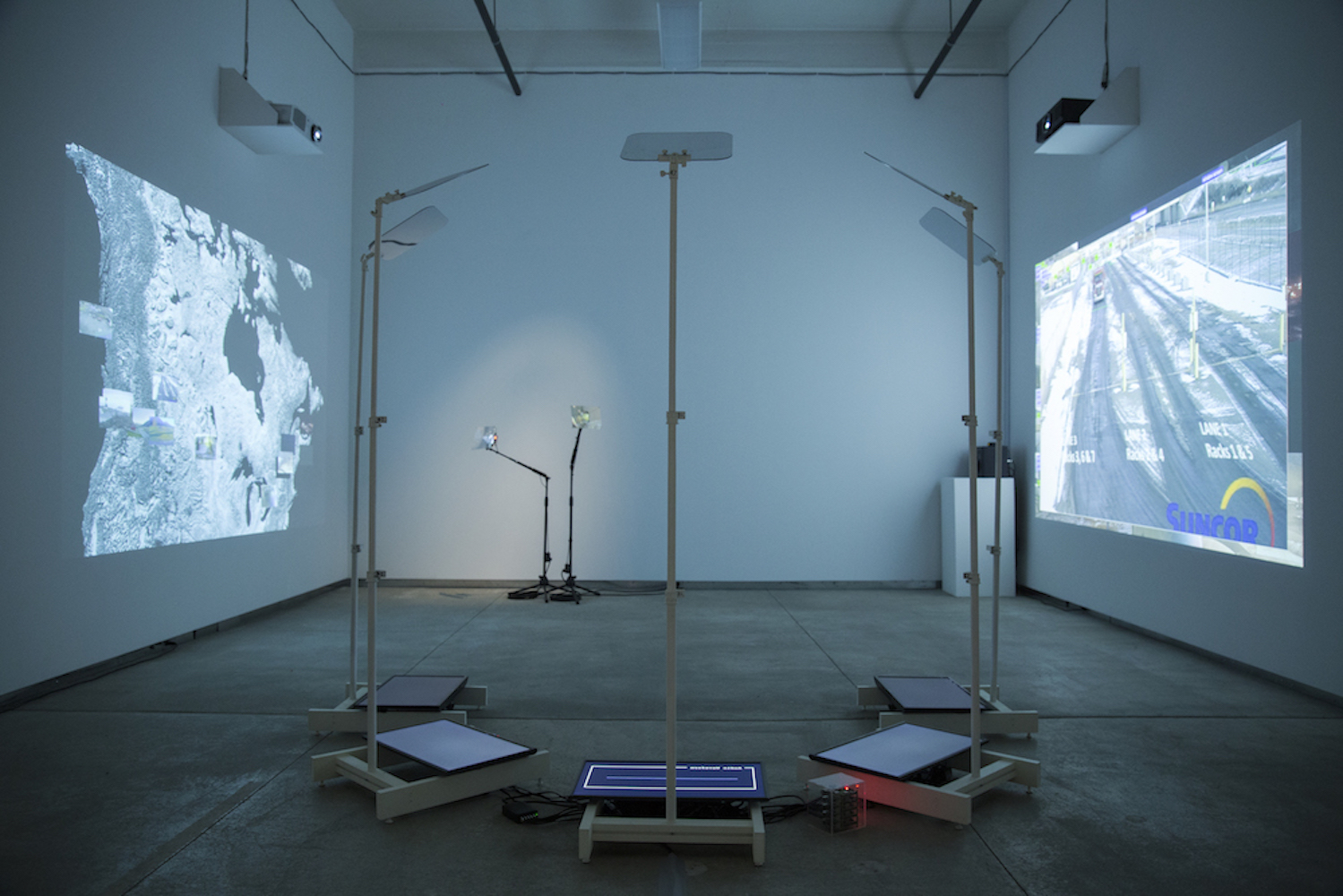
The “diaspora” has come to describe mass movements of displaced peoples, or the scattering of a people away from their geographical “origin.” Yet diasporic movements are not sequestered within the flow of people: objects and ideas have their own flow and transport, displayed through conventions of the elsewhere, usually “the West.” This “postcolonial” or “decolonizing” constellation of globalization, which ushers in the undoing of imperialism and global art discourse, defines our contemporary moment and its international exhibitions. Yet, lasting institutional change is still forming. Our call for research for issue 12 of the Stedelijk Studies Journal seeks approaches, ideas, or experimental projects that align with the broad scope of the diaspora as a framework for the critical examination of museum collection strategies.
Specifically, we are interested in how the diaspora could be a foundation for collection policies that are based on kinship building, strengthening cultural affiliations, and how movement and relocation can be applied to the display and mediation of museum collections. Further, we are interested in the histories of peoples and objects themselves, and the speculative possibilities for museums that are grappling with the responsibility of being cultural mediators today.
Stedelijk Museum Amsterdam is currently taking steps in rethinking its acquisition and exhibition strategies. The first step it has taken is to reconsider its collection of over 100,000 pieces into two spheres. The first comprises works that belong to the long twentieth century in which modernism was central—a collection that the museum acknowledges as its foundation and raison d’etre. Many of the works that are considered to belong to the “diverse” part of the collection, are made by artists within the worldwide European diaspora—which can be seen as a regionalist repatriation and continuation of the Western canon of modern art.
The second sphere is concerned with recently acquired works and is motivated by emigrational movements, postcolonial constellations, and community engagement. By breaking away from the modernist acquisition strategies that formed the heart of the Stedelijk’s foundational collection, the museum can now examine how plural diasporas might shape its full collection by incorporating the complexities of (the movement of) objects and people. As custodians of the collection, we are obligated to care for it, now and for future generations, which means building in-roads for multiple heritages. While maintaining its steadfast recognition of the past as a source of (un)learning, the collection is then allowed a more open future as we are guided by deep research, critique, and care.
We understand that “diaspora” does not undo the logic of coloniality and modernity and could even be interpreted as reinscribing these systems. However, as our current period suggests, global movements are diverse and multiple, and Issue 12 seeks out those complex connections between all agents, both animate and inanimate. While we are interested in the prospects that emerge from Diasporic acquisition strategies, we also understand systems are persistent and we will take extra care in considering contexts, and to give historical and speculative models equal weight.




